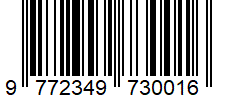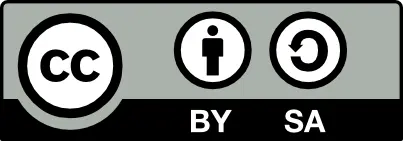Peer Review & Plagiarism Policies
Peer Review Policies
Peer review is a very essential process to make sure that only the legitimate and good quality research articles are published, and to motivate ethical researchers.
All the research articles submitted to our online journal, IJIRMPS are double-blind peer reviewed. In this process, the researcher/author does not know who reviews his/her manuscript and vice versa, ensuring that the review is unbiased.
As we have hundreds of reviewers from all around from most of all disciplines, they can review the submitted research of any discipline.
We are following the guidelines for publication journals and also have asked the editors to strictly follow the editorial guidelines which are proposed by CoPE (Committee on Publication Ethics). It will be responsibility of the editors and reviewers to verify that the publication rules and guidelines are properly followed by researchers/authors. Detailed guidelines for editors and reviewers can be found in this document: https://publicationethics.org/files/International standard_editors_for website_11_Nov_2011 (1).pdf
Review and Publication Process
- One of our editors, generally corresponding to the discipline of the submitted research work, will quickly overview the research articles.
- The research article may be rejected without peer review if it is not found of enough good quality. Because of this quick overview, the authors are given a quick decision and need not to wait for the review process.
- After the quick overview, the research articles are sent to the reviewer having the knowledge of corresponding subject.
- The selected reviewer will need to review the research paper considering various criteria. The following criteria are observed and points are calculated (out of total 10) for each criteria:
- Relevance of Title and Research Article
- Scholarly Quality
- Continuity in the Article
- Use of Theory
- Novelty and Originality
- Technical Contents and Correctness
- Understanding and Illustrations
- Critical Qualities
- Quality of References
- Clarity of Conclusions
- The article may be sent back to the authors/researchers for revision with suggestions if the reviewer thinks any changes are required.
- The revision must be done by researchers/authors within a month otherwise they will need to re-submit the research and all the review process will be re-initiated from beginning considering it as a new submission.
- The research articles are accepted for publication if the total score of the review is greater than or equal to 75%.
- After the peer review process is completed positively, one of the editors will finally edit the research article, if required, before finally publishing it.
Submission to Publication Time
According to our analysis of dates of submissions and publications, we have found that minimum 8 weeks of time is taken to publish research papers which includes review, documents submission (Agreement of Publication and Proof of Payment), documents verification, receiving payment for publication/processing charge, and editing and publishing of research paper. Reviewing time depends generally on availability of reviewer, length of the research paper and complexity of the research.
Plagiarism Policies
When research articles are submitted, plagiarism may appear in them because of copying heavily from one or more referenced/unreferenced sources and lack of original thoughts, research methods and conclusions of the researchers/authors.
To ensure that original and good quality research work is published, we are using computer software to check for plagiarism in the submitted content. We are using the services provided by TurnItIn for plagiarism detection. It can check references mentioned in the research articles and various online sources for content duplication.
Research articles having more than 20% plagiarism are not published, and authors are informed with the analysis report.





 All research papers published in this journal/on this website are openly accessible and licensed under
All research papers published in this journal/on this website are openly accessible and licensed under 